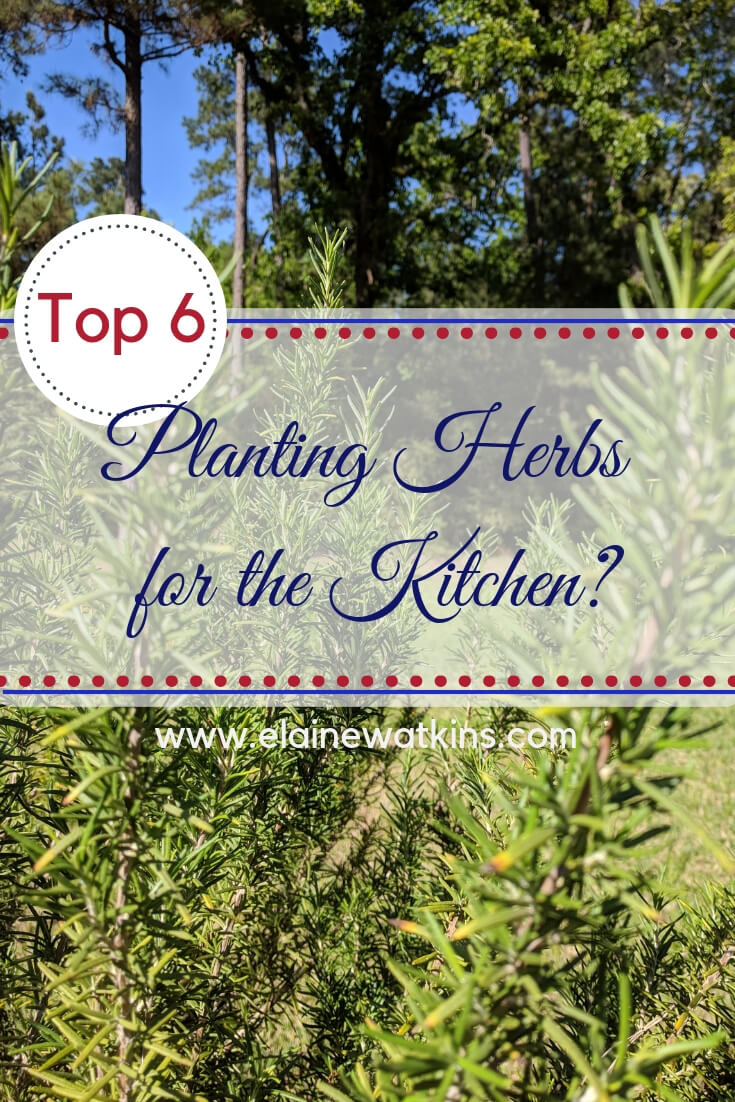Planting Herbs: My Top 6 Favorites for the Kitchen
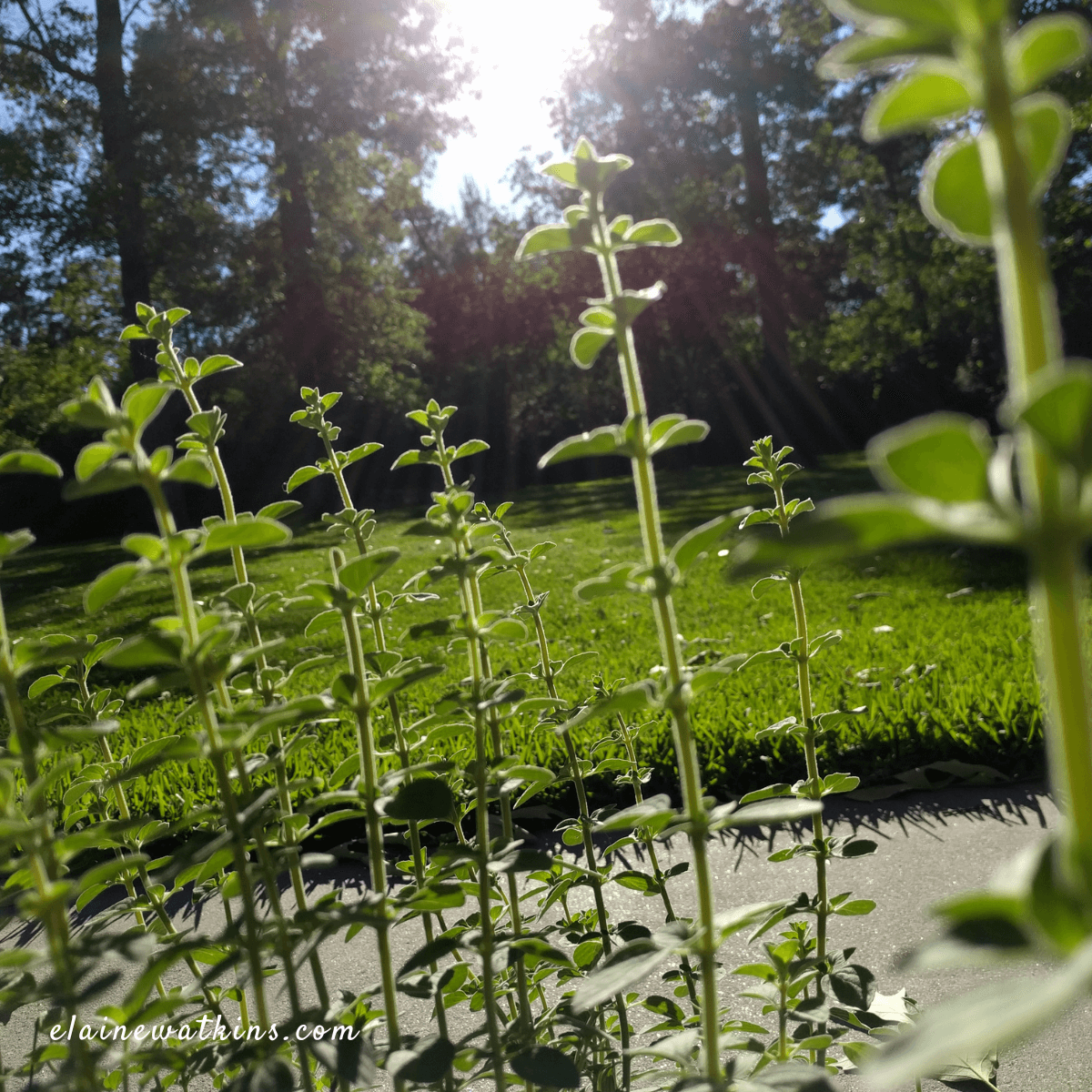
I Love this time of year when trees are budding, birds are singing, and its the perfect time for planting. While you’re at it, have you ever thought about planting herbs for your kitchen?
I mean…whether planting an outdoor garden or planting in containers for inside or out, why not include selections that you can easily access to add a punch of flavor to your meals while supporting your good health?
What to Choose When Planting Herbs for the Kitchen
There are so many plants to consider, and I definitely want to also encourage you to plant fruits and vegetables whenever and wherever possible, but herbs can often take less space and be more easily grown indoors if you live in a not-so-accommodating environment. For this reason, I recommend asking at the local garden store for their recommendations about what best grows in your area and how. Also check out online resources like this US government planing zones site for helpful information.
Here’s a list of my top 6 favorite herbs to plant that not only look great but can also add to flavor and health benefits many of the meals that you prepare.
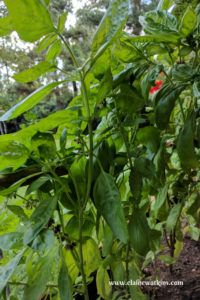 1. Basil
1. Basil
This herb is loaded in nutrients including Calcium, Copper, Iron, Magnesium, Manganese, and Vitamins B6 and 9, C, and K, so you’re definitely pumping up the nutrient value on the meals you’re serving your family when you include this ingredient.
Basil is reported to help in so many ways including reduce stress, fight illness, relax and balance your body, protect your heart and circulation, improve digestion, and even repel bugs.
Ahhh!
There are so many varieties of Basil, but my favorite is Sweet Basil. It’s a beautiful spring and summer plant that you can grow and have access to for fresh pesto, salads, pizzas, soups and more.
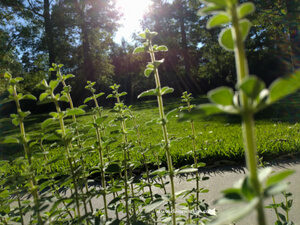 2. Oregano
2. Oregano
A perennial with lots of varieties including some with very strong flavor. It usually doesn’t take much for a fabulously flavored dish.
The nutrients in oregano include Folate, Iron, Magnesium, and Vitamins A, C, E, and K. This lovely plant is reported to be antioxidant, anti-inflammatory, antibacterial, and antimicrobial.
My most common use for oregano is when making our basic oil and vinegar salad dressing, but it’s one of the herbs I use regularly with meats, soups and stews, and more.
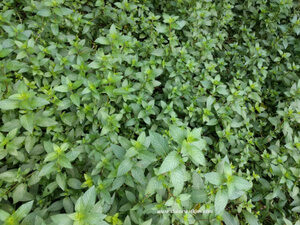
3. Mint
I just love adding mint to hot teas and iced infused water. So delicious.
Nutrients in peppermint include Vitamins A and C, Calcium, Magnesium, and Potassium
Ever wonder why restaurants serve mints? Because it’s a powerhouse when it comes to digestion and nausea and bad breath. It’s also often used for help with headaches, respiratory issues, muscle tension and soreness inflammation, and more.
Be prepared to be overwhelmed with the selection of mints including chocolate, lemon, and more. It can also be a pretty aggressive ground-covering plant so keep it in contained areas or in containers.
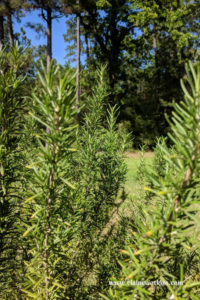
4. Rosemary
Ahhh. I love rosemary. I remember my friend, Renee brushing her hand gently against some of the branches of one of ours and sending the beautiful rosemary aroma into the air.
It’s actually a shrub, so give it space to grow. Otherwise, it doesn’t need much work, unless you decide to style it as a topiary, like you might find it at the store.
Rosemary is a strong flavor, so it doesn’t take much in your recipes.
This herb is reported to be antioxidant, antiseptic, antispasmodic, and astringent and and loaded in vitamins and minerals including Iron, Manganese, Vitamin C, and Potassium.
Consider it if you’re looking for support including memory and mood, fighting disease, and vision support.
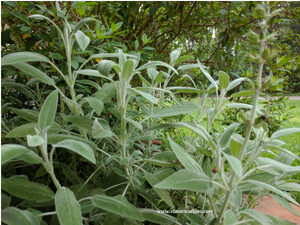
5. Sage
You’ll find Vitamins K, C, E, and many of the B’s along with Magnesium, Copper, and Iron.
Wow. What a powerful little plant that’s reported to support mental clarity, menstrual pain, anxiety, and improve digestion. Sage can be helpful when fighting harmful organisms and can even help with bad breath and oral health.
There are so many varieties of sage, so keep to those that can be used as a flavorful addition to foods and beverages.
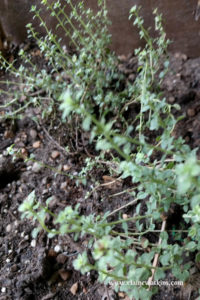
6. Thyme
Thyme is another perennial, dense, and low-spreading plant. Give it plenty of room, and you’ll be blessed with ample opportunities to add to your favorite soups, stews, and more.
It’s a big source for Iron, but you also find other nutrients including Vitamin C and A, Potassium, Zinc, and B6. Reports show it to be helpful for skin health, fighting sore throat and cough, fighting harmful organisms and bacteria, bad breath, and even boosting your mood. Hey! You can use it to repel bugs too.
So Many Herbs to Consider
There are so many herbs and varieties of each to consider. You can even vary quite a bit on the 6 that I’ve suggested depending on the flavor, growing space available, and more.
Have you ever thought about adding edible plants to your garden? I know I love being able to enjoy and use what I have grown myself. That in and of itself is an awesome feeling. Also saving money by Not buying fresh or dried from the store…hey I love saving wherever I can.
To see a few posts that include herbs from our garden, check out:
- Staying Hydrated: Will You Accept the Challenge?
- Oven Roasted Potatoes
- Italian Meatball and Vegetable Soup
What do you think? Will you be planting herbs for the kitchen creations in your home?
If you would like to remember this for later, Save Planting Herbs: My Top 6 Favorite Herbs for the Kitchen to your favorite Pinterest board.
